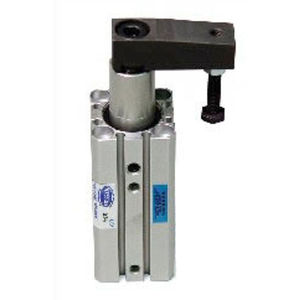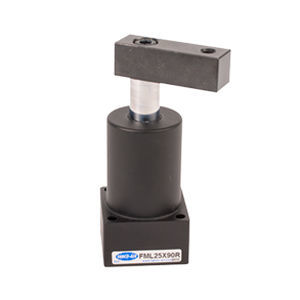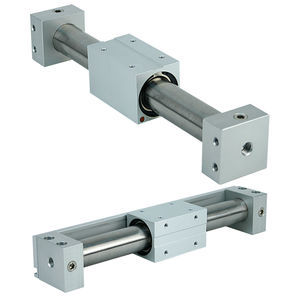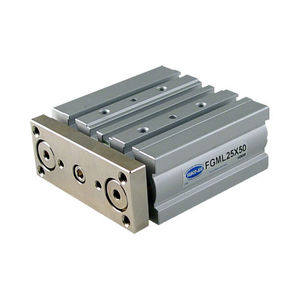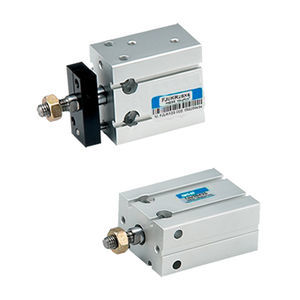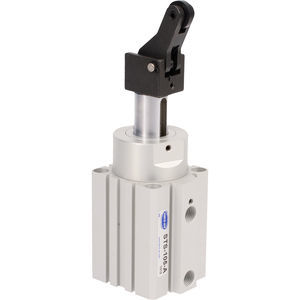
- Products
- Catalogs
- News & Trends
- Exhibitions
Pneumatic cylinder FAE seriespistonmagnetic pistondouble-rod


Add to favorites
Compare this product
Characteristics
- Type
- pneumatic
- Technology
- piston, magnetic piston, double-rod, cylinder
- Configuration
- double-acting
- Material
- stainless steel, anodized aluminum
- Norms
- ISO 6432, CETOP
- Other characteristics
- standard, wide, corrosion-resistant
- Stroke
500 mm, 1,000 mm
(19.685 in, 39.37 in)- Bore
Min.: 12 mm
(0.47 in)Max.: 40 mm
(1.57 in)- Pressure
150 psi
Description
Reliable Actuators Designed for ISO 6432 Dimensional Compliance
FAE Series single and double rod cylinders are built to ISO 6432 dimensions. The family is available with bore diameters of 12 to 40 millimeters, and maximum strokes are as high as 1,000 millimeters for single rod and 500 millimeters for double rod units. Designed for long life, cylinders with bore diameters up to 25 millimeters are made from corrosion-resistant stainless steel, and larger-bore units offer anodized aluminum construction. Each cylinder comes standard with an aluminum alloy magnetic piston, mounting nut and machined male rod thread with jam nut.
Key Specifications
Features
• Magnetic piston standard in all sizes
• Single and double-rod versions
• ISO 6432 dimensional interchange
• CETOP RP52P compliance
• Machined male rod thread with jam nut standard on all sizes
• Anodized aluminum end covers
• Wide range of models for many applications
• Mounting nut on all sizes
Technical Advantages
• An aluminum alloy magnetic piston and machined male rod thread with jam nut are standard features.
• The standard annular piston magnet is permanently bonded into the grooved piston for reliability. The polarized permanent magnet, made of rubber bonded barium ferrite, is very stable and unaffected by shock. Under normal use it will remain magnetized indefinitely.
VIDEO
Catalogs
FAE Series ISO-6432 Catalog
12 Pages
F-Series Air Cylinders
64 Pages
Square 1 Series section of CV9
32 Pages
Related Searches
- Cylinder
- Actuator
- Linear actuator
- Double-acting cylinder
- Pneumatic cylinder
- Hydraulic cylinder
- Single-acting cylinder
- Compact actuator
- Compact cylinder
- Standard cylinder
- Rotary actuator
- ISO cylinder
- Anodized aluminum cylinder
- Piston cylinder
- Stainless steel cylinder
- Pneumatic actuator
- Ball bearing linear slide
- Steel cylinder
- Anodized aluminum actuator
- Double-acting actuator
*Prices are pre-tax. They exclude delivery charges and customs duties and do not include additional charges for installation or activation options. Prices are indicative only and may vary by country, with changes to the cost of raw materials and exchange rates.










